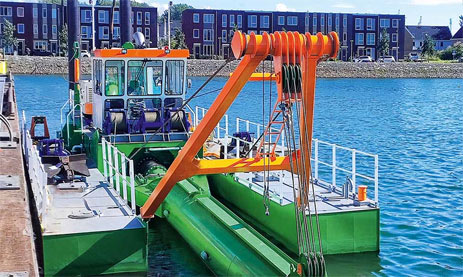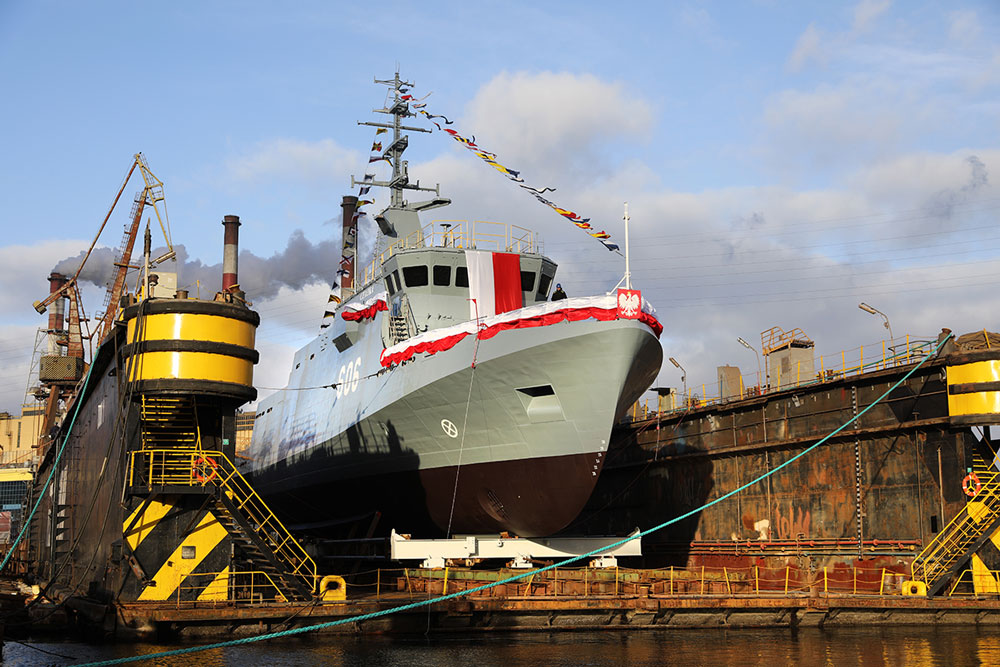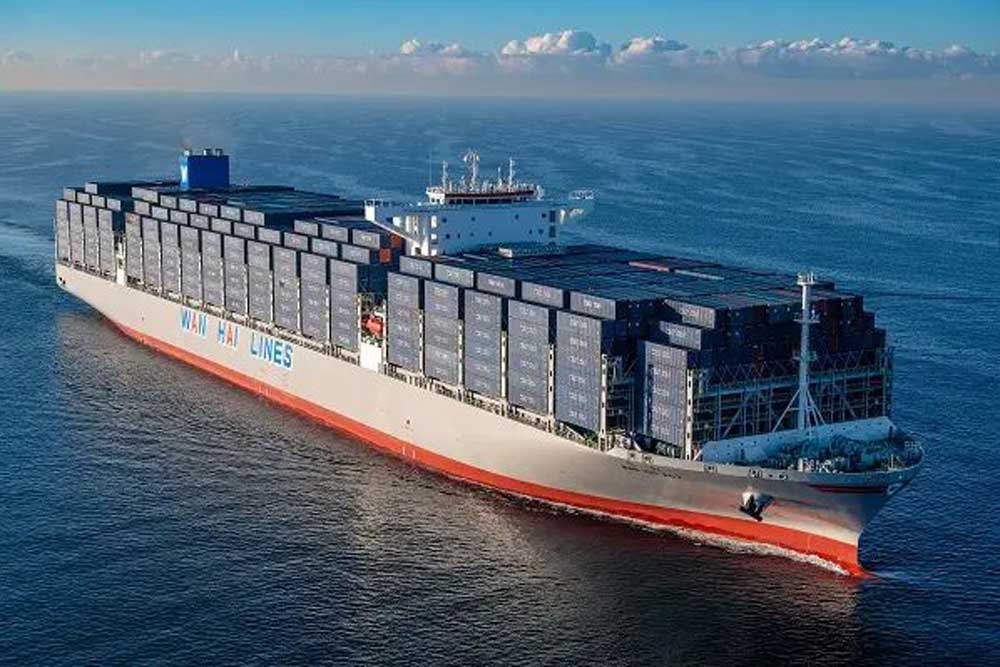Orders for box carriers have reached a historic level: according to analysts from the maritime industry service Alphaliner, the global order book currently stands at 9.95 million TEU and will exceed the symbolic 10 million TEU mark when the next contracts are signed. The previous high of 7.12 million TEU from 2008 has thus been significantly exceeded.
Since the middle of last year, liner shipping companies and non-operating owners have contracted around 600 newbuildings. After deducting failed projects and ships that have already been delivered, the net growth is reported to be around 2.8 million TEU. The order book-to-fleet ratio is therefore 30.4%.
This is being driven by high profits in recent years and stricter environmental regulations. One simple way to reduce emissions is to reduce sailing speed – which requires additional tonnage. Despite the rapidly growing fleet, shipping companies continue to complain about a lack of ships, while charter rates and second-hand prices remain at a high level.
Delivery times extend to 2030 – risk of overcapacity?
Almost all shipyard slots available in the short term are now taken; delivery times extend into 2030. Nevertheless, Alphaliner does not necessarily anticipate overcapacity. Shipping companies are focusing on long-term growth, particularly in markets such as India and West Africa, where rising incomes are likely to lead to higher demand for transportation.
Whether this development will be sufficient to stabilize freight rates profitably remains to be seen. The World Bank expects annual growth in container traffic of a maximum of 6%, which could absorb the current flood of orders – as long as the rerouting around the Cape remains in place. A slump in demand or a return to shorter routes, on the other hand, could quickly lead to employment problems for the expanding fleet.














